#TwitterChat: Industry experts mull over print’s survival in a digital era
Adgully is back with the latest series of Twitter chats with industry stalwarts. The latest Twitter Chat was held yesterday (October 15) that delved on ‘Print and Digital – Co-exist or at crossroads’. Taking part in the discussions were industry veterans Mohit Hira, Strategy Consultant; Pradeep Dwivedi, Founder and CEO, Divitiae IN; Ritesh Singh, Co-founder and MD, ARM Worldwide; Samir Vora, Chief Marketing Officer, Dailyhunt; and Shubho Sengupta, Digital Marketer.
Key takeaways:
- Reading behaviours have changed, with time spent on print shrinking. Great content to determine the survival of each business.
- Digital delivers news at speed, in versatile formats and has a higher lifetime value than print. Quality of reporting is also improving quickly.
- Habit formation largely determine readership base. Young people are surrounded by devices, hence they gravitate towards digital. However, huge overlaps exist in the audiences of the two mediums.
- While there's no comparative data on the effectiveness of print ads vs digital ads, experts agree that it will take a few years for digital go surpass print and become No.2 reach medium.
- As digital consumption becomes mainstream, mainline print journalism will fall out of favour. Legacy print players may have to switch to localised versions or publish less frequently.
- Pure play digital news portals surviving on subscription models not advertising. However, most consumers are used to access digital news for free.
- Since education is a factor in news consumption, video far more effective and popular than digital text formats.
Digital has had the same disruption in the media and entertainment industry as print, radio and television had many years ago. Now, adoption of the medium has become widespread where we consume video, audio and text formats all on one platform.
Shubho Sengupta believed that it made little difference to distinguish between media as we all consume news and content as per our convenience and it is stories, emotions and facts that count.
Digital players were credited with being more agile, a key factor being the interactivity element that is inherent to the platform.
However, as Pradeep Dwivedi pointed out, the degree of credibility remains a crucial difference, which Sengupta opined gave the older media an advantage in influencing thought leadership.
Ritesh Singh pointed out that lifetime value and reuse of content was an important distinction between print and digital. This aspect in fact put the power in the hands of individual creators rather than the publisher platform, giving rise to opinion based journalism quote common today.
Mohit Hira and other panelists agreed that going forward content professionals need to upskill and learn how digital media and digital audiences work to survive in the future ecosystem.
The audience
Sengupta quipped that we live in "an age where TikTok and Indian Express live together in the same home."
Millennials have been raised around devices and so consuming digital media has become normalised behaviour. However, many panelists observed huge overlaps in traditional and digital readership citing personal examples.
Mohit Hira pointed out that what works in digital isn't likely to work in print. “Entertainment and Sports genres are most consumed on digital, but can you imagine those genres being on the front page of a newspaper?” he asked.
Consumer perceptions had a lot to do with media consumption, noted Samir Vora. With access to multimedia devices, it is simply not cool to read anymore. Video is by far the dominant format.
Ritesh Singh added here that Search, followed by YouTube, are the reality of content consumption patterns. And neither of these platforms are publishers!
User generated content is another reality, said Mohit Hira.
Monetisation
Vora was of the opinion that traditional print advertising is keeping pace with the times by offering supplements and becoming localised. He believed that the opportunity ahead for print publishers lay in hyperlocal, personalised advertising models.
According to Sengupta, the opportunity for growth on both fronts (print and digital) lay in tapping the regional audience to bolster reach.
Hira stated that large publisher networks hadn’t changed much to keep pace with digital other than offering combo deals.
Most of these publishers have a digital portal that offers most of their news content for free. While some premium content is behind the paywall.
Room for new players
Ritesh Singh pointed out that print players aren't doing enough to keep pace with digital, while citing the example of DNA recently closing its print editions. However, Hira disagreed, saying "DNA didn't have any hope when they launched in 2005 in the citadel of The Times of India. I know because I was part of the team that started the choke. And it had just one edition left, it had to close. Let's not go by that example only."
Dwivedi pointed out that even in mainstream journalism a lot of the ecosystem relies on print publishers and journalists for breaking news and stories.
Vora believed that while quality journalism won't go out of favour, print players might have to cut down on the frequency of publication to survive.
Hira differed here, saying that this was made impossible with existing cost structures. "Firstpost tried. And died."
Future of print and digital
All participants refused to indulge in crystal gazing. However, a guest participant observed that even as digital readership continues to grow, it does not translate to subscription revenues as most of the readers are used to getting their news for free.
Sengupta said that a lot of integrations would happen between print and digital.
Hira believed that print media like magazines would have to foray beyond content to events to remain profitable.
Top Guest Participant Tweets:
I have a question. Is advertising in print more effective than in digital? Is there any hard/comparative data?
How difficult would you say is moving from print medium to digital for a content professional?
Digital leaders and online influencers are used not only for print but also on TV more often than not. Also most of the media houses are owned and governed in some cases by political parties, so what credibility are we talking about here
The irony of Print is even if the readership on Digital is increasing, readers want to consume it free and also there isn't significant advertising.The Ad on physical media will remain intact in terms of absolute numbers. As the Ad pie size increases,we see decline in Print share


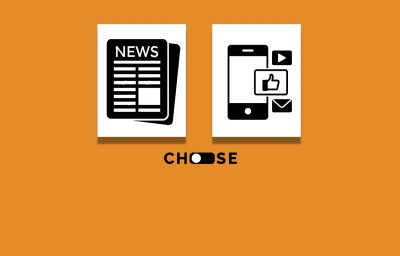






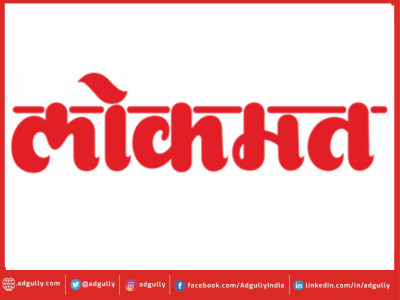





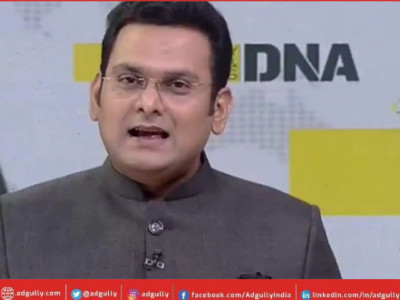
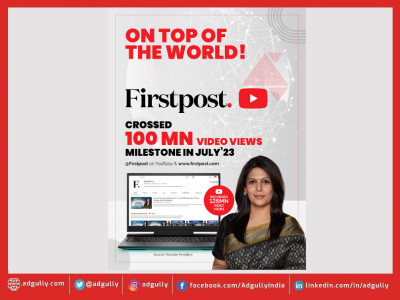
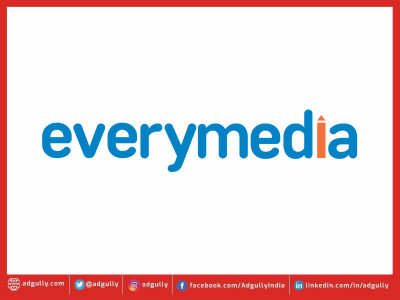
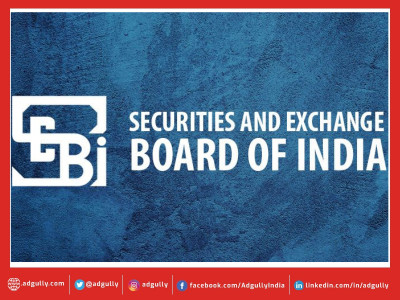
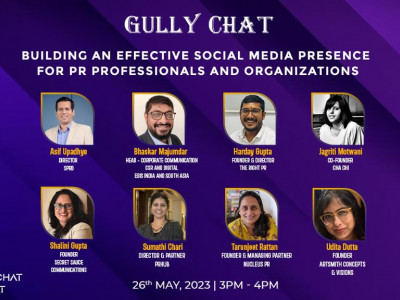

Share
Facebook
YouTube
Tweet
Twitter
LinkedIn